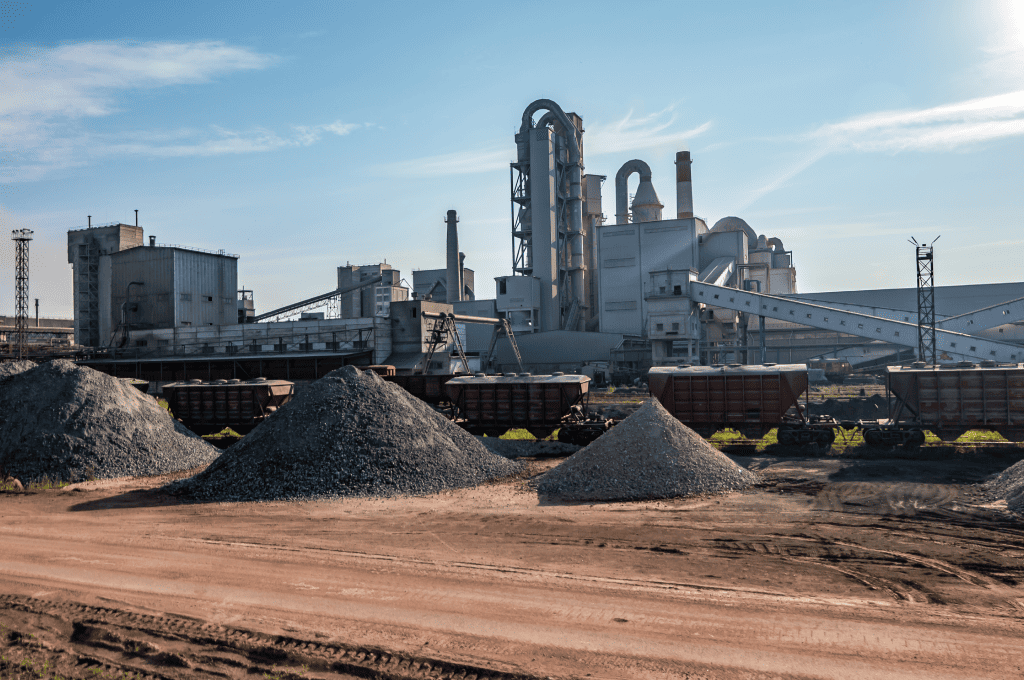
Product walkthrough, trial, POCs, enterprise offering, support and more. Speak with one of our specialists.


Product walkthrough, trial, POCs, enterprise offering, support and more. Speak with one of our specialists.

Tech and Innovation
According to the GHG Protocol, Scope 1 emissions are defined as direct emissions from assets controlled by the company. These cover four important categories:
For a deeper understanding of each category, please refer to the following:

Process emissions are direct emissions (Scope 1) resulting from chemical or physical processes in industrial activities that do not involve fuel combustion. These emissions arise as byproducts of chemical reactions during production processes.
Unlike stationary and mobile combustion, which stem from fuel burning, process emissions originate from:
These emissions are commonly found in the cement, steel, fertilizer, and chemical sectors.
Some of the most common sources of process emissions in Scope 1 for industries include:
Process emissions typically occur without combustion and may happen even when conducted in closed systems.
Managing emissions from process-based industrial activities no longer needs to be complicated. With CarbonIQ, a platform by Jejakin, companies can calculate emissions from processes like aluminum electrolysis, coal reduction, and the use of explosives by simply entering key data such as:
CarbonIQ will automatically calculate total emissions based on IPCC or national standards methodology, provide per-process analysis, and present strategic insights for emission reduction—all in one practical and user-friendly dashboard.
Process emissions are among the most complex but also the most critical types of Scope 1 emissions in heavy industries such as cement, steel, chemicals, and fertilizers. These emissions do not originate from combustion but from chemical reactions in production processes. Due to their potentially large scale and difficulty in reduction, proper reporting becomes the starting point for technological transformation.
Here’s why this type of emission should be reported:
Robust reporting enables deeper mapping of emission sources and supports long-term operational transformation.
Unlike combustion, emissions from chemical processes cannot be reduced through energy efficiency alone. Therefore, a technology-based approach and raw material substitution are required.
Here are several strategies that can be implemented:
With these strategies, industrial companies can maintain competitiveness while meeting climate targets.
Process emissions are a crucial yet often overlooked component of Scope 1, due to their technical nature and difficulty to monitor directly. However, emissions from chemical processes can contribute a significant portion to the total carbon footprint of manufacturing companies.
By accurately calculating and reporting them, and applying the right technologies and approaches, companies can reduce emissions while improving process efficiency.
Use platforms like CarbonIQ to support comprehensive planning, reporting, and decarbonization of industrial processes.






















Jejakin’s green programs combine high-tech monitoring, biodiversity restoration, and community-led initiatives to deliver powerful, sustainable change across ecosystems.








